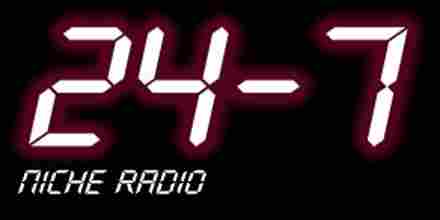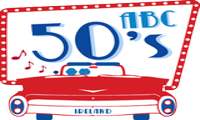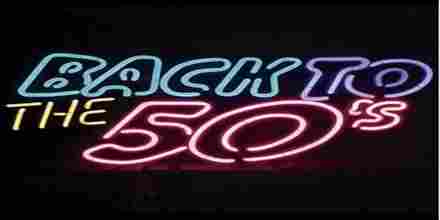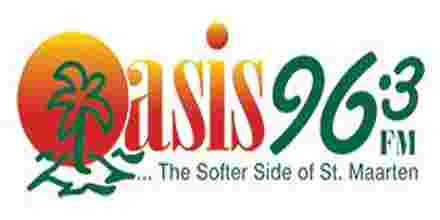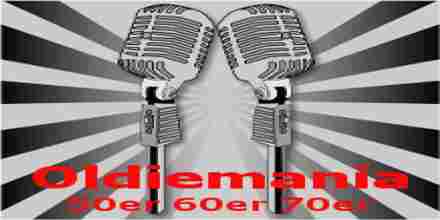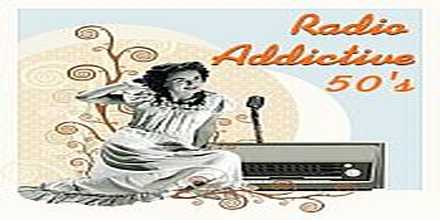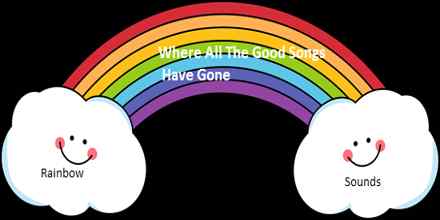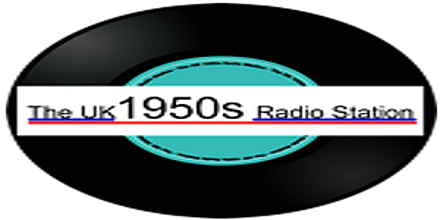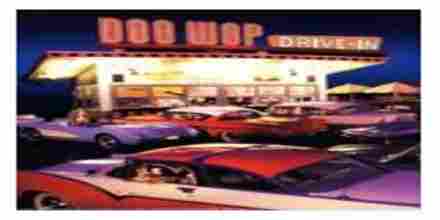The 1950s was a transformative decade in music, marking the birth and rise of several iconic genres that would shape the future of popular music. Often referred to as the "Golden Age" of rock 'n' roll, the 1950s saw the fusion of various musical styles, including blues, country, gospel, and rhythm and blues (R&B), into a dynamic and energetic new sound.
At the forefront of this musical revolution was rock 'n' roll, which burst onto the scene with an unmistakable energy and rebellious spirit. Pioneers like Elvis Presley, Chuck Berry, and Little Richard became household names, their music capturing the zeitgeist of youth culture. Elvis, often dubbed the "King of Rock 'n' Roll," combined elements of country and blues to create a unique sound that resonated with audiences worldwide. His charismatic stage presence and innovative musical style set new standards for performance and recording.
Chuck Berry's guitar riffs and storytelling lyrics became staples of rock 'n' roll, influencing generations of musicians. Songs like "Johnny B. Goode" and "Roll Over Beethoven" showcased his distinctive voice and virtuosic guitar playing. Meanwhile, Little Richard brought a flamboyant energy to the genre with hits like "Tutti Frutti," blending gospel, blues, and R&B into a high-octane performance that captivated audiences.
Alongside rock 'n' roll, doo-wop emerged as another defining sound of the 1950s. This vocal-based genre featured close harmonies and often included a lead singer accompanied by a group of backup singers who provided rich, layered vocals. Groups like The Platters, The Coasters, and The Drifters produced timeless hits such as "Only You," "Yakety Yak," and "Save the Last Dance for Me." Doo-wop's emphasis on vocal harmony and catchy melodies made it a staple of jukeboxes and dance floors across America.
The 1950s also saw the rise of early R&B, which laid the groundwork for soul music in the following decade. Artists like Ray Charles and Fats Domino blended blues, gospel, and jazz influences to create a sound that was both soulful and upbeat. Ray Charles's "I Got a Woman" and Fats Domino's "Blueberry Hill" are prime examples of this genre, showcasing their unique voices and piano skills.
Country music continued to evolve during the 1950s, with artists like Hank Williams and Patsy Cline achieving widespread popularity. Hank Williams' heartfelt lyrics and traditional country sound made him a legend in the genre, while Patsy Cline's powerful vocals and emotional delivery set new standards for country singing.
Jazz also experienced significant developments during this decade. Bebop, which had emerged in the 1940s, continued to influence musicians like Miles Davis and John Coltrane. Cool jazz, characterized by its relaxed tempos and melodic focus, gained popularity with artists like Chet Baker and Dave Brubeck. The birth of West Coast jazz also marked this era, blending elements of cool jazz and classical music.
The 1950s was a decade of musical innovation and cultural change, setting the stage for the diverse and dynamic sounds that would follow in subsequent decades. From rock 'n' roll to doo-wop, R&B to country, and jazz to early pop, the music of the 1950s continues to inspire and influence musicians and listeners around the world.
 NonStopOldiesNonStopOldies
NonStopOldiesNonStopOldies 1.7k
United Kingdom, London 50s
1.7k
United Kingdom, London 50s 1.7k
1.7k
 2
Germany, Hamburg 50s 128 kbps MP3
2
Germany, Hamburg 50s 128 kbps MP3 1.5k
1.5k
 2
Germany 50s 128 kbps MP3
2
Germany 50s 128 kbps MP3


